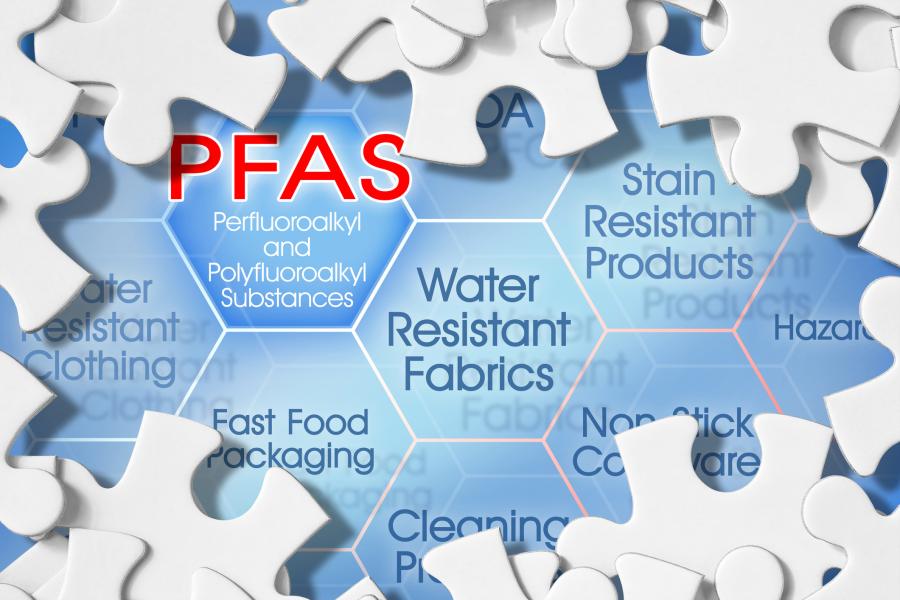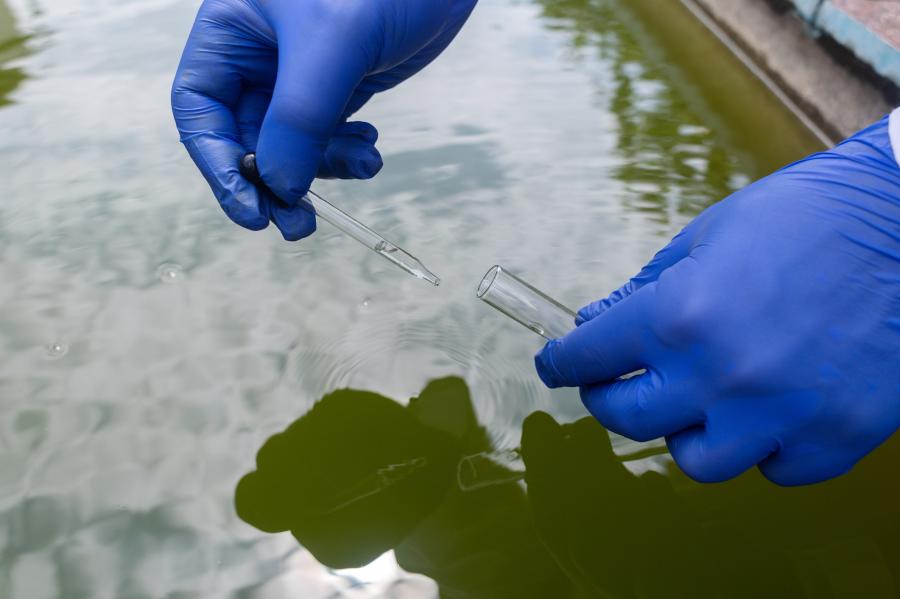
Our Commitment to Safe Drinking Water
In recent years, the issue of per- and polyfluoroalkyl substances (PFAS) contamination in drinking water has gained significant attention due to its potential health risks.
PFAS, also called "forever chemicals", are a group of thousands of synthetic chemicals that have been widely used in various industrial and consumer products, contributing to their presence in water sources.
Recognizing the importance of providing transparent information regarding the quality and safety of the water, PWSA has taken proactive measures to identify and monitor PFAS as part of our commitment to delivering safe drinking water to our communities.
We understand the importance of providing transparent information regarding the quality and safety of the water you receive and want to assure you that our commitment to maintaining the highest water safety standards is unwavering.
Is My Water Safe from PFAS?
Yes. The Pennsylvania DEP issued PFAS regulations in January of 2024 followed by the EPA's finalization of stricter standards which apply to 6 types of PFAS in drinking water as of April 2024.
PWSA has been proactively monitoring for PFAS since 2018, well in advance of these regulations as a precautionary measure, and currently tests for 29 different types of PFAS quarterly.
Since testing began, PWSA has never exceeded the EPA's maximum contaminant levels for the regulated PFAS and is fully in compliance with state and federal regulatory limits.

PFAS FAQ
What Are PFAS?

PFAS (Per- and polyfluoroalkyl substances) are a group of synthetic chemicals that have been used in many consumer products around the world. These “forever” chemicals do not break down easily in the environment. It is estimated that there are more than 6,000 different chemicals in this large chemical group.
PFAS includes several subgroups of chemicals with new compounds being identified continuously.
In April of 2024, the EPA finalized a standard to limit 6 types of PFAS in drinking water known as PFOA, PFOS, GenX, PFHxS, PFNA and PFBS. Read about the April 2024 EPA Standards here.
The various types of PFAS chemicals differ from one another in their chemical structure. Still, all are known to persist in the environment and have potential negative effects on human health.
What Have Been Some Uses of PFAS?

PFAS can be found in a variety of everyday items. These chemicals may be found in:
- Household cleaning products
- Flame retardants and firefighting foam
- Non-stick cookware
- Water-proof and waxy food packaging such as popcorn bags
- Dental floss
- Cosmetics
- Personal hygiene products
- Weatherproof coatings
- Automobile spray waxes
- Electronics
- Stain-resistant spays and cleaners
Though many applications are now being phased out in the US, the resistant nature of these chemicals means that they are now prevalent throughout the environment.
Why Have PFAS Been Used?

PFAS were originally developed as refrigerants and were selected for their superior ability to repel water and oil as well as to prevent corrosion.
These qualities led to their use in a variety of products where water-resistance, slipperiness, stain-proofing or degreasing were desired.
Why Are PFAS a Concern?

PFAS are unique because they dissolve in water and move throughout the environment with ease, yet they are very resistant to breaking down and they can accumulate in the body over time.
Current scientific research suggests that exposure to high levels of certain PFAS may lead to adverse health outcomes for multiple body systems and organs.
Research is still ongoing to determine how different levels of exposure to various types of PFAS lead to a variety of health effects.
Research is also underway to better understand the health effects associated with low levels of exposure to PFAS over long periods of time, especially in children.
More information related to our current understanding of human health and environmental risks of PFAS can be found on the EPA’s PFAS Pages.
What is Being Done About PFAS?

In 2016, an advisory on two kinds of PFAS (called PFOA and PFOS) was set followed by and an interim health advisory in 2022. Provisional PFOS and PFOA levels were set at a maximum contaminant level (MCL) of 4 parts per trillion, or the equivalent of 1 drop of impurity in 5 Olympic swimming pools.
As of April 10, 2024, the EPA finalized the first-ever national standard to limit PFAS in drinking water. The standard applies to six types of PFAS known as PFOA, PFOS, HFPO-DA (GenX), PFHxS, PFNA and PFBS.
The new limits under the April 2024 standards are as follows:
- The 4 part per trillion limits for PFOA and PFOS were kept the same.
- A 10 part per trillion limit was set for HFPO-DA, (GenX Chemicals), PFHxS and PFNA.
- The EPA has also set a limit for any mixture of two or more of the following PFAS: PFNA, PFHxS, PFBS, and HFPO-DA (GenX Chemicals).
PWSA has been testing for these substances well before the announcement of proposed limits and the water we provide to customers tests well below the limits for the six PFAS compounds included in the agency’s rule.
How Can PFAS Be Avoided?

Though PFAS are widespread, there are actions you can take to reduce your exposure:
- Avoid products containing known PFAS (PTFE or any chemical starting with perfluoro or polyfluor).
- Avoid non-stick products. Opt for stainless steel, cast iron, and glass instead.
- Choose water-resistant instead of water-proof products if possible.
- Steer clear of stain-repellant sprays and treatments.
- Don’t buy food in grease-resistant containers and avoid containers with waxy inner coatings such as microwave popcorn bags.
- Skip the spray wax at the car wash.
- Trade your easy glide floss for a floss that is PFAS-free
PFAS Testing Results
Past Test Results
Use the links below to review our most current and past test results for per- and polyfluoroalkyl substances.
Where Can I Find More Info?
Stay in the know about PWSA’s water quality reporting and what we are doing to keep your water clean and safe.
Read news updates from us and read your annual Consumer Confidence Report for important information about your water.
Follow PFAS regulations as they are developed by the EPA and the DEP.
Stay informed about the research on PFAS and human health by reading through the latest from the EPA on Understanding Human Health and Environmental Risks from PFAS.

